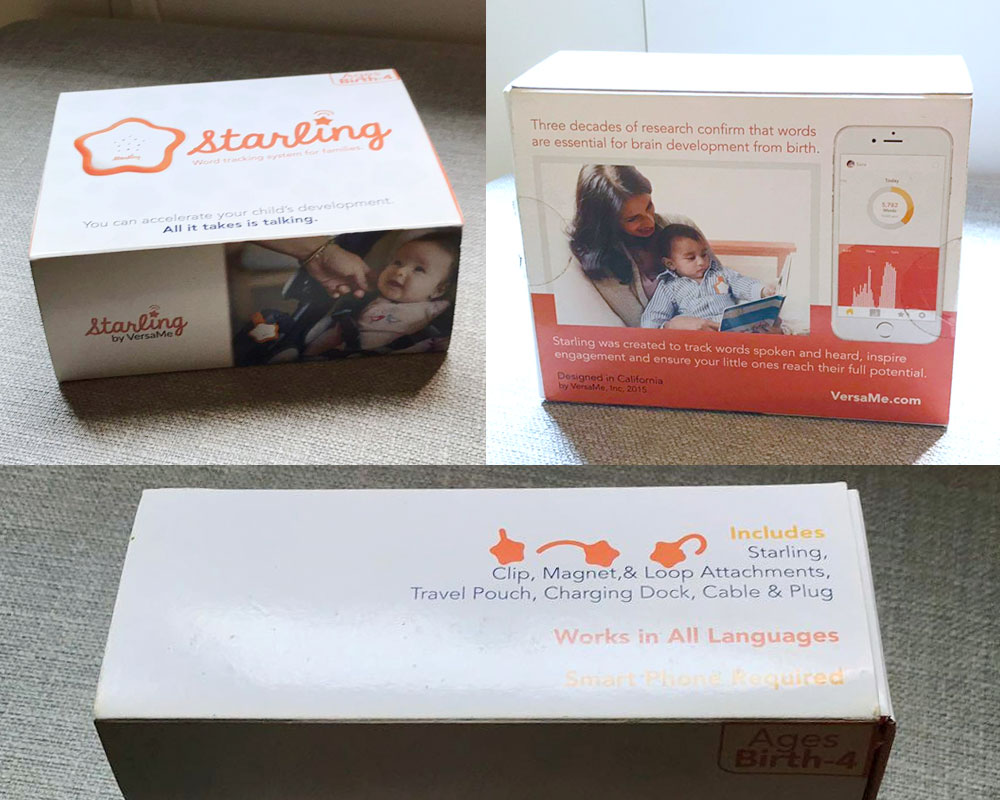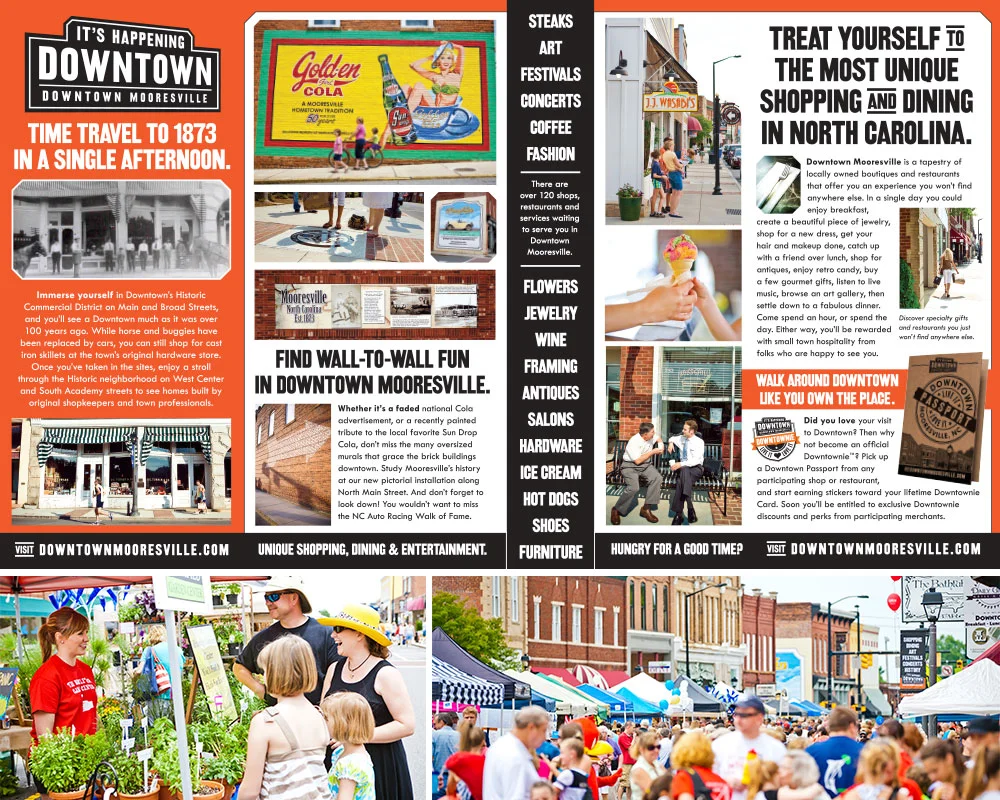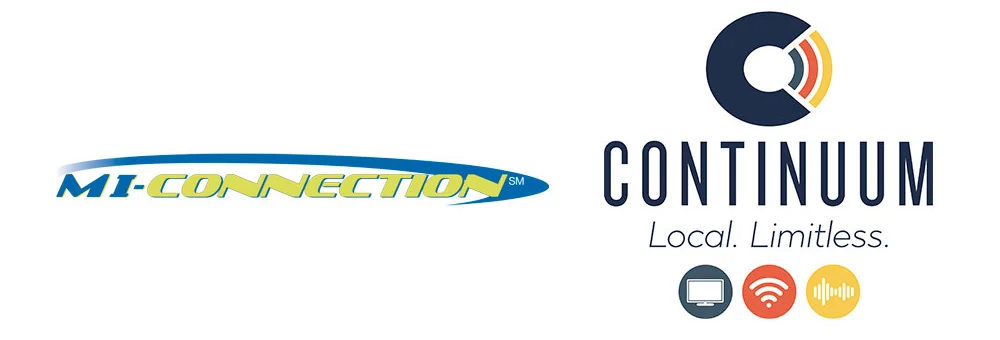Design > Trade Show Booth
This booth! Hahaha. The Stuf brand was snooty as all get out. It was acting like a spoiled, high-end art studio and its big debut in its own show booth had to be amazing. I love planning out trade show booths. I mean, I hate it and love it. My process is ridiculous, so you’ll see why. I’m sort of a control freak. And, I’m not very spacial. Like, I can’t really tell, just off the top of my head, how to fill a 10’ x 10’ space with displays and furniture and chairs without it being all crowded and shitty. I need to cheat to find that out.
The Stuf booth had to be amazing, sure. But the brand was so clean, and white, and simple that it couldn’t be a circus (even though that was one of the Stuf families). Definitely, the figures needed to stand out. I started with some booth sketches and ended up with an idea of what I wanted to do. Then I moved onto Illustrator to create a floor plan to 1/4 scale. Then I’d do wall plans to scale. Then, yep, I print them out and build a small 1/4 model of the booth, complete with tiny hand-build shelving and furniture. I know what you’re thinking and, yes, I’m a total freak. But wait. There’s more. I populate it with little people to scale and then shoot it, so I can see what it’s like to be IN THE TINY BOOTH.
FINAL: For Stuf’s premier booth at NYIGF, I wanted to build a world a booth that would blow people away while not overshadowing the product. Entering the cloud-world of Stuf, you’re treated to a museum-like experience.
BEFORE: Can you believe this is what our space was when we got there? The design section had wood walls instead of the pipe-and-drape you’d get in less fancy parts of the show. I knew we’d have stable walls before I started designing for it and it’s the only way we could have done what we did.
COMPS: An early sketch that I took to Adobe Illustrator to work out. It didn’t work out. It’d have been cool, but I didn’t think anyone would want to come into the booth through such a narrow entrance. Especially the top part. But the idea of a semi-enclosed space was interesting. So I scaled everything back to end up with the clouds. Because they were all white and the booth was white, I thought they’d be less intimidating. They’d become sort of visible but invisible. To test it out, I’d have to make a scale model because I’m weird like that. Also, I love that tie.
COMPS: Proof positive. My model really helped me understand the space, figure out how I’d attach the clouds to the walls, and managed my expectations. Then I could get down to speccing out the details to give to the guys I hired to make the clouds for me. They had to be light (and on the cheap) so I ended having them cut out of thin sheets of PVC. Then they’d just bend ‘em where I needed a tab to screw them in.
FINAL: A look at our hardcover application to get into the snooty design section of the show. That’s a picture of my model in the book. I hadn’t made the booth yet, but wanted to convince them it was real, it was cool, and it was ready to bring to NY. Kelly’s standing outside the Stuf booth just as we started setting it up. And finally here’s my model shot again along side the real deal. Expectations managed! Hahahaha. It kind of creeps me out how similar they are, but that’s says a lot about thinking shit through. Or about how much I hate surprises.
The best part of this was the clouds. The front of the booth would be framed in clouds, as if they were parting to let you in. Directly behind the clouds, a bright white booth where the only color was the color of the Stuf dolls. It made a HUGE impact. The trick with bringing Stuf to trade shows wasn’t the booth, though. It was getting in at all. Because Stuf belonged in the Design category, and that category is as snooty as the fake art brand we’d created. The design sections of trade shows are juried. You have to submit pictures of your booth and your brand and your products, and then they decide if you’re one of the cool kids or not. And of course Stuf didn’t actually have the booth ready to go yet (I wasn’t going to pay to manufacture it, if I wasn’t going to get in). So that’s where making a scale model maybe wasn’t such a crazy thing to do after all?
We made a hardcover book of the Stuf brand, and we sent that as our application! Yeah, INSTEAD of the actual application. Who does that?! Of course we got in because of it. I’ve written about what a disaster our first shipment of Stuf dolls turned out to be, and this booth was sort of a similar tale. As simple as we designed it, it took FOREVER to set up. We thought it might take a few hours – screw in a bunch of shelves, screw in the clouds, rub down some type, how hard can it be? It took us 7 hours to set up. And when you believe it’ll take 3, but instead it takes 7, it’s mental torment. But the final product was worth it.
DAVE SOPP – Creative
Yep, that’s me. I’ve got over 20 years of marketing strategy, graphic design, advertising art direction, and illustration experience. Want to use some of it? Email me at dave@davesopp.com







































































































































